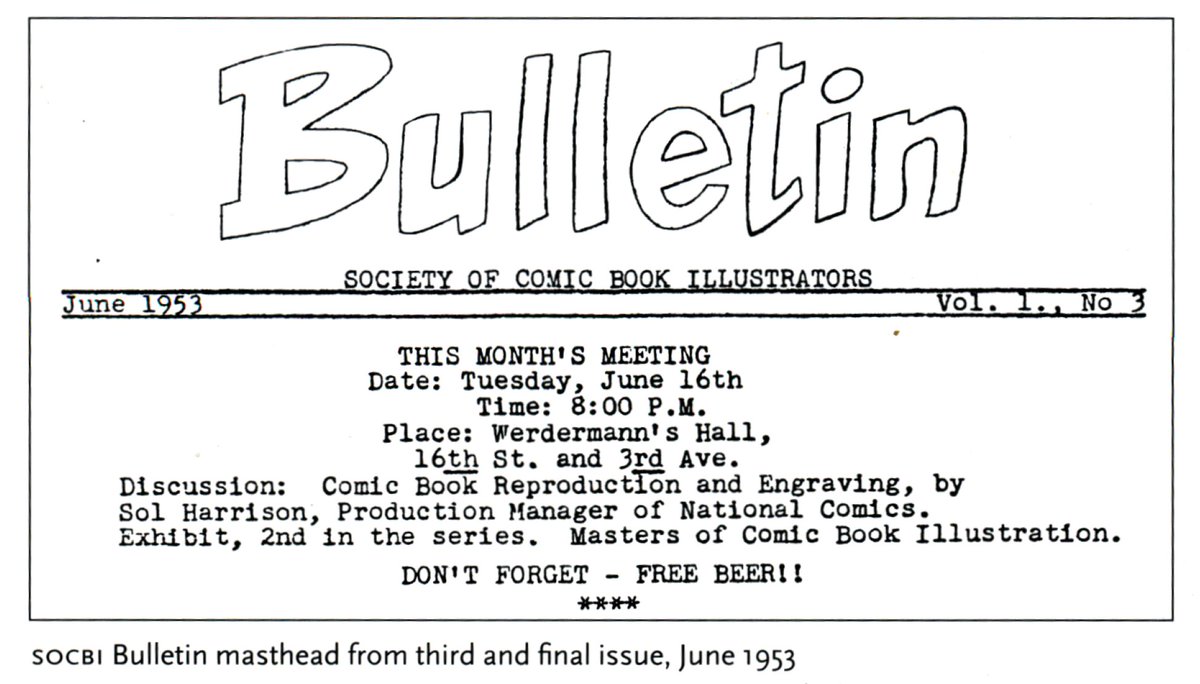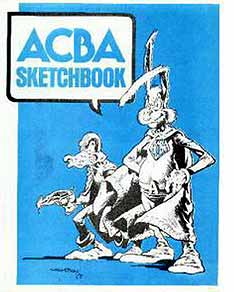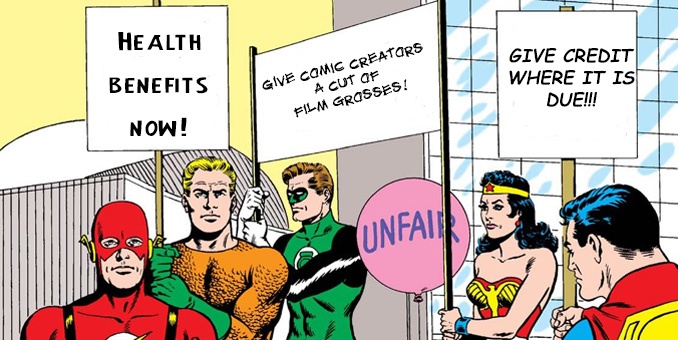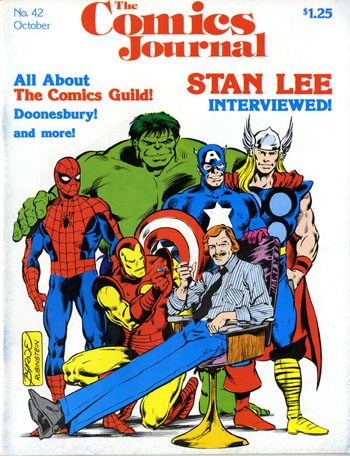It’s a bird, It’s a plane…no, it’s a union!
Image comics workers certify

A successful union drive has just been completed at the third largest company in the comic book industry, following DC and Marvel. Workers at Image Comics filed a petition for union recognition as part of the Comic Book Workers Union (CBWU) in November of 2021. The demands of the union included requests for greater transparency in salary and workload, a continuation of remote work during COVID and more efforts to address a lack of diversity at the company. This effort, which was assisted by the Communications Workers of America (CWA), involved the 12 staffers of the company such as those who work in editing and promotion, not writers and illustrators.
Image comics was founded by Marvel artists dissatisfied with their level of creative control and compensation. Given this history, it may come as a surprise that management refused to recognize the union without an election even though a majority of workers had already signed union cards. Happily, the election was a victory for CBWU with 7 workers voting in favor of unionizing and only 2 against. The organizing committee said they were inspired by recent efforts by IATSE and workers at the table top game company Paizo, who also unionized with the CWA. The fact that writers and artists were not included in this bargaining unit is not surprising given the history of the industry. Since the beginning of the comics industry, the publishers wanted their creators to be anonymous freelancers, for several reasons. First, anonymity would make it less noticeable to readers if one writer or artist had to be replaced. Second, and most importantly, anything created by freelancers would be considered “work-for-hire” and therefore would belong to the companies, not to the writers and artists. Finally, freelancers are generally not granted the right of collective bargaining as part of a labor union.
This has not prevented several organizing efforts in comics, however. The history of union organizing in the comics industry—like the industry’s broader history— is fascinating, featuring trials and tribulations worthy of any superhero magazine.The first attempt at creating a labor union in the comic book industry was started by Bernard Krigstein in 1951. At EC Krigstein created the masterpiece “Master Race” for Impact , sometimes considered the “Citizen Kane of comics” which dealt with the Holocaust and the rise of Nazism in a way previously unseen by the comics mainstream. Krigstein was unique at this time in that he believed comic books were a serious art form, on par with literature and music. This influenced his choice of name for the organization as he felt “Society of Comic Book Illustrators” was more prestigious than “Society of Comic Book Artists”.
The goals of the new association were to require publishers to return original art to the artists, establish a minimum page rate that all artists in the industry would be paid, and create a fund paid by the publishers that would provide comprehensive medical coverage. Dues were five dollars a month and Krigstein was unanimously elected president. Free beer was also provided at meetings.

From the beginning there was a split in the membership as to what the purpose of the organization would be. The older, more established artists, wanted the organization to exist as a professional association, with a more congenial relationship with the publishers. The younger artists wanted the organization to be a labor union that would be more combative. The turning point came at a meeting of the Society in March 1953 when a representative from the publisher of DC comics named Robert Kanigher addressed the crowd. Kanigher attacked the artists for the temerity to call themselves “illustrators” and made slightly veiled threats regarding the continued employment of society members. Artist Gil Kane also reported that certain prominent Society members were bought off in exchange for job security and higher page rates. This led to a steady decline of the organization, which held its last meeting in June of that year.
For his advocacy, Bernard Krigstein was denied work from publishers like DC, Atlas (later Marvel), and MLJ (later Archie). He was only able to continue working in the industry due to the Publisher of EC Comics, Bill Gaines, sharing his concern for the treatment of artists and giving him work. Sadly, after a falling out with EC and many failed attempts to stretch the artistic ambitions of comics in the 50s, Krigstein retired from comics in 1962 to spend the rest of his life teaching new artists and painting.
The second attempt to organize comic creators began as something very different. The Academy of Comic Book Arts was originally started by Stan Lee and Carmine Infantino in 1970. Lee described its purposes as to “do for comics what the Academy of Motion Picture Arts and Sciences has done for films.” The ACBA handed out lightning shaped “Shazam” awards rather than “Oscars” for achievements in the art form. Sample winners included Conan the Barbarian and Green Lantern/Green Arrow. Renowned Batman artist Neal Adams later became president of the Academy in 1973. Adams’ social conscience had been clear from his days illustrating Green Lantern/Green Arrow for DC and turned the Academy from a self congratulatory industry group to one that spoke out in defense of the rights of creators. Adams did win an insurance plan for freelancers in the business, but the ACBA went defunct in 1975 after only 5 years.

The third, and probably most serious attempt to unionize the industry came after the revision in copyright laws that occurred in 1978. This law “changed the rules for copyright transfer in works made for hire. It required something in writing that specifically documented what rights the creators would turn over.” This frightened the major comics publishers as most of them did not have written agreements with creators in which the creators gave up their rights to characters, ideas, designs etc. to the company. Panicked, Marvel comics began sending out one page contracts to freelancers working at the company that would require them to sign away all rights in perpetuity to the company.
The industry response angered Neal Adams who had just helped win credit and compensation for Jerry Siegel and Joe Schuster, the creators of Superman after years of ill treatment by DC comics. Adams’ lept into action sending a flier to various creators in the industry that read “DON’T SIGN THIS CONTRACT!! YOU WILL BE SIGNING YOUR LIFE AWAY!!” and invited various creators to a meeting at his studio.
The attendees were a who’s who of the comic book industry at the time including Chris Claremont, Steve Ditko, Frank Miller, Jim Starlin, Marv Wolfman and many more. A handout articulated the demands—of what became the still-born attempt to build the Comic Book Creators Guild—including a set page rates for creators, a requirement for publishers to return original art to artists, and pay creators to reprint any material. It’s noteworthy that even as of 2016, creators are still paid, on average, less than what the Guild was demanding in 1978 unadjusted for inflation.

From the start, there were issues with the Guild. Left-wing writer Bill Mantlo explained at the time “A guild isn’t strong enough, we need a union.” Pencillers, inkers, colorists, letters, and writers all argued over each of their importance to the creative process and how each should be compensated and rewarded. There was also debate over how stable the industry was and if the publishers could afford to pay the rates demanded by the Guild. Writers Roy Thomas and Dennis O’Neil refused to join for this reason. Another issue was the conspicuous absence of “mainstay” artists from the Guild, such as John and Sal Buscema, Gene Colan, and Curt Swan. These artists were well established at either Marvel or DC and were unwilling to take risks with the new organization. One popular artist, John Byrne of the Uncanny X-Men, told the Comics Journal that he would not join the Guild because “it stank of unions.” These problems proved insurmountable and the Guild ultimately failed to get off the ground.

Even if the Guild failed to stay together as an organization, it had an impact. Neal Adams said in 1982 that “companies [are] offering better conditions for their artists. They’re offering employee conditions for their artists like health benefits and stuff like that, raising their rates, agreeing to pay reprint money, incentive programs, like if you stay on a book so long you get a bonus. The companies started to treat the freelancers better.” However, this has not stopped publishers from attempting to deny creators credit and royalties years after the fact. For example, writer Gerry Conway was informed in 2015 that he would not receive further royalties for the use and reprints of the character Power Girl since she was “derivative” of the already existing Supergirl character.
The struggle to organize and win better conditions for working in the comics industry has been a long one filled with both successes and failures. Comics fans and labor activists should salute those who fought these battles, including the recently victorious CBWU and hope that their victory is a sign of things to come.
Categories
We want to hear what you think. Contact us at editors@tempestmag.org. And if you've enjoyed what you've read, please consider donating to support our work:
DonateHank Kennedy View All
Hank Kennedy is a Detroit area socialist, educator, and longtime comic book fan.
